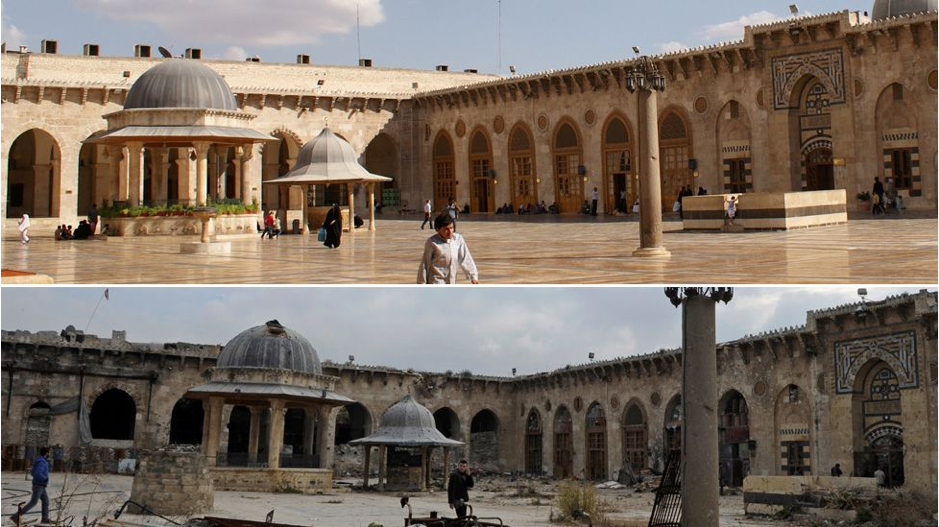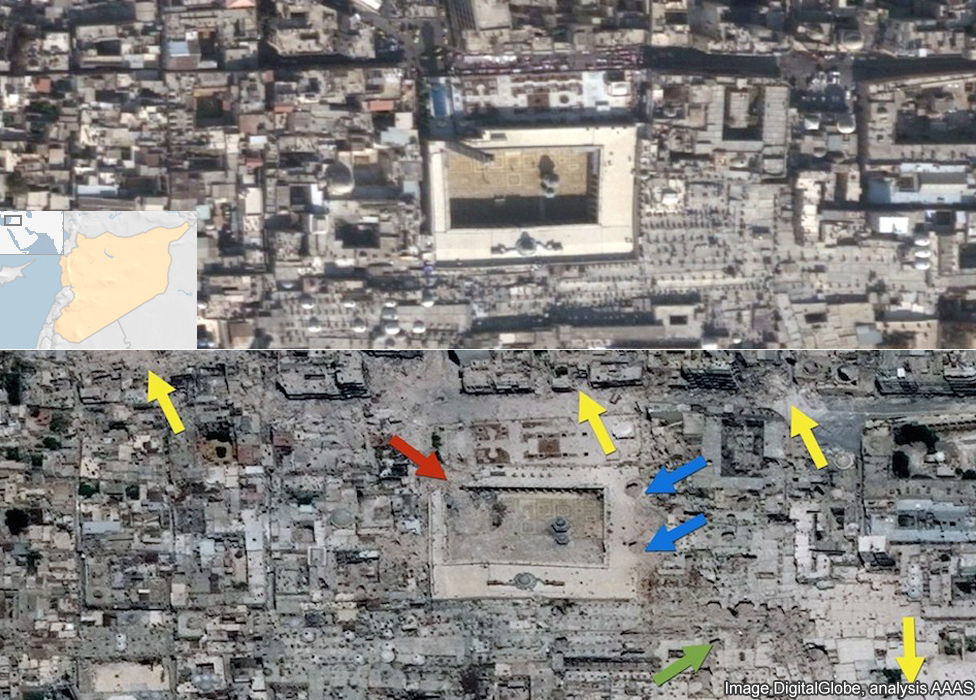As many of you may not know, I studied Archaeology at university and it remains a passion of mine. I wrote my dissertation on the damage that the war in Syria and Iraq had done to the archaeology there. I found that as many may be aware, black market antiquities helped fund a quarter of ISIS’s revenue, alongside oil, and drug and human trafficking. This helped propel them towards becoming the destructive force that they were, which decimated much of the world’s history in the process. The Iraq and then Syrian war fuelled the global black-market, which allowed so much history and knowledge to be lost to private collections around the world. We’ve all seen the destructive force that’s ravaged the landscape such as in the city of Aleppo which was over 1,000 years old, one of the longest inhabited cities in existence.

However, you may not be aware that the UN were on a rescue mission of epic proportions, when you can’t protect history by conventional means due to war, you can only physically save its memory. The UN Heritage Agency or UNESCO digitally twinned hundreds of sites and artefacts to save them. This saved masses of history for data collection and has allowed us to re-create this history by either 3D printing or creating new versions ourselves. In fact, the shocking footage of extremists destroying artefacts in the Mosul museum were mainly re-creations of the originals.

The questions now are what should be done with the vast historical data? This was done for this war, but most museums are now implementing the method for their own creations; creating vast swathes of data to be used from their collections. This not only stops the destruction of history, but also allows for it to be better utilised (displayed and enjoyed) rather than hidden away in storage. Many galleries are putting these on display in AR and new online formats. This creates issues with data discovery and further questions around how to best utilise this key information from the past.
This data, for most part, now still sits in vast banks hidden from the world and open to only a few to study, similarly like many museum collections. Without a data discovery tool how can you utilise and restore the data you have taken into place? Ultimately, this was the best measure we had against the terrorists, not allowing them to destroy our collective past to suit their own tyrannical message. Many are struggling to find much of their most important data and in doing so fail to know what areas need their greatest protection on their network.
This approach to data security allows you to build a defensive infrastructure around your most important data, ensuring the safety of your most important assets. For this example, that would be much of the history we have left from the wars in Syria and Iraq and the cultural heritage that comes with it. So, what are you doing to protect your assets from terrorists and cyber criminals alike and are you even certain where it sits in your systems?
We’ve created our own white-paper that further addresses these questions here: /whitepapers/considerations-when-embarking-on-a-data-governance-programme/.
If you would like more help with your cyber security needs, please don’t hesitate to contact me – rshort@wearearmadillo.com.
Written by: Ryan Short, Junior Account Manager at Armadillo.